Lafayette (; French: [lafajɛt]) is a city located along the Vermilion River in southwestern Louisiana. The city of Lafayette is the fourth-largest in the state, with a population of 127,657 according to 2015 U.S. Census estimates. It is the principal city of the Lafayette, Louisiana Metropolitan Statistical Area, with a 2015 estimated population of 490,488. The larger trade area or Combined Statistical Area of Lafayette-Opelousas-Morgan City CSA was 627,146 in 2015. Lafayette is the parish seat of Lafayette Parish, Louisiana. Its nickname is The Hub City.
The Attakapas Native Americans were the first known inhabits of the land where present-day Lafayette sits. The first European settlement in the area was Petit Manchac, a trading post. Jean Mouton, a French-speaking man of Acadian descent, donated land to the Catholic church where a small Catholic chapel stood. This motivated Lafayette Parish voters in 1824 to select the area surrounding the church as the Lafayette Parish seat. In 1836 the Louisiana Legislature granted Vermilionville (the precursor to Lafayette) incorporation. Enslaved Africans made up a large percentage of Antebellum Vermilionville. According to U.S. Census data, 41 percent of Lafayette Parish was enslaved in 1830, and that number increased to 49.6 percent in 1860. There was a small percentage of free people of color who lived in Lafayette Parish as well, whose numbers ranged from a high of 3 percent to a low of 2.4 percent between 1830 and 1860. In 1884, Vermilionville was renamed for General Lafayette, who fought with and significantly aided the American Army during the American Revolutionary War. The city's economy was primarily based on agriculture. Until and through much of the Civil War, agricultural work was done mostly by enslaved people. After the Civil War, most of this work was done by share cropping until the advent of modern mechanized agricultural tools. In the 1940s, the petroleum and natural gas industries became dominant.
Lafayette is considered the center of Acadiana, the area of Cajun and Creole culture in Louisiana and the United States. It developed following the relocation of Acadians after their expulsion by the British from eastern Canada in the late 18th century following France's defeat in the Seven Years' War. There is also a strong Louisiana Creole influence in the area.
reviews (45)
Because I've worked,lived,& experienced many ways of life here for 20 yrs
My community is very neighboring as the residents appear to " look out for each other." Daily I observe acts of kindness {moving the lawn, taking in groceries, racking leaves, transport to and from appointments, financial assistance, respectful language, appropriate noise level, etc..}and practices implemented toward recognizing there is great diversity in the capacity and circumstances of older adults. I find comfort as I observe how the community will rally together in anticipation and respond to older adults' needs and preferences in an equitable way.
Loving what you do is key I had an aunt that had a disability, and that pushed me more into doing and loving
The job and work that I do Your heart has to be in it And my heart is most definitely in it
I have multiple family members living in this neighborhood, my parents went to the school in that area. It is very quiet & friendly.

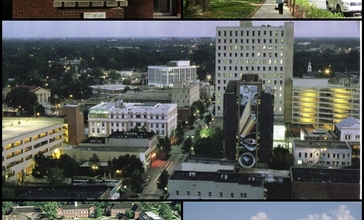
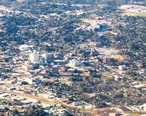
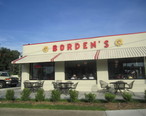
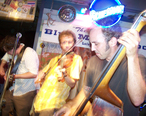

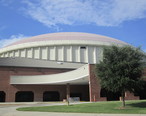


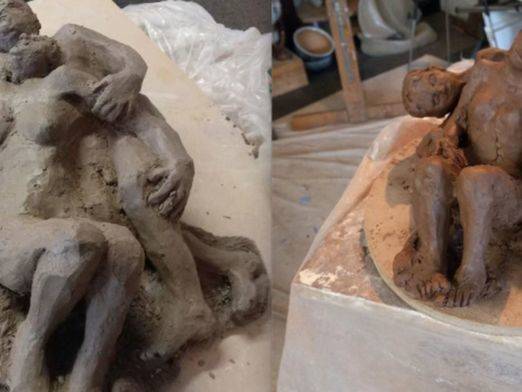






Great area for retirement I'm very quiet area.